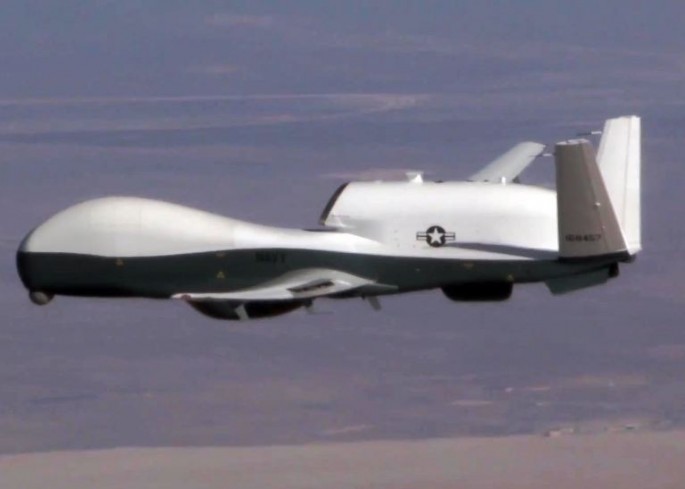The U.S. Navy's massive Northrop Grumman MQ-4C Triton maritime surveillance drone will become operational in 2018 and will be assigned to duties over Asia and the Pacific Ocean, and along the borders of China.
The Unmanned Aerial System (UAS), which is a derivative of the Northrop Grumman RQ-4 Global Hawk, will be operated by Unmanned Patrol Squadron 19 out of Naval Station Jacksonville, Florida, the Navy's first fully-unmanned squadron. Navy pilots will train on the drones for two years with a tentative deployment date of 2018.
Tritons will be based in Guam to watch over the People's Liberation Army Navy and in the eastern and western U.S. It will also be deployed to a location in the Middle East and in Sicily, Italy.
Triton is an intelligence, surveillance, reconnaissance drone with specially configured maritime sensors and radar systems. The UAS is 14 meters long, 15,000 kilograms heavy and has a wingspan of 40 meters.
The MQ-4C's airframe is based on the Global Hawk except it's been tailored to function in a maritime environment. As such, Triton is built with a thicker, more stiffened wing compared to the Global Hawk to enable the aircraft to rapidly change altitude in adverse or icy weather conditions.
The Triton's electronics include an electro-optical/infrared sensor; a 360 degree active electronically scanned array radar and an inverse synthetic aperture radar, among others.
The sensor package being designed for the aircraft includes a multi-function array sensor (MFAS), a sensor system specially configured to function in a maritime environment.
Triton is designed for high-altitude, long-dwell ISR missions -- the kind of technology suited for the geographically dispersed Pacific theater. The U.S. Air Force already has RQ-4 Global Hawks stationed at Andersen Air Force Base in Guam.
Triton is designed to bring endurance, altitude, range and persistent stare ability. It can stay on missions for over 24 hours at altitudes higher than 15,000 meters. It can cover more than 200 square miles of the ocean in a single mission.
Triton will provide U.S. Navy ship commanders with the ability to detect and see targets, threats and items of interest in real time from great distances using the sensors, cameras and data-links of the Triton system.
Initial Operational Capability for the MQ-4C is planned for 2018 with Full Operating Capability planned in 2023. Each Triton costs $182 million.



























